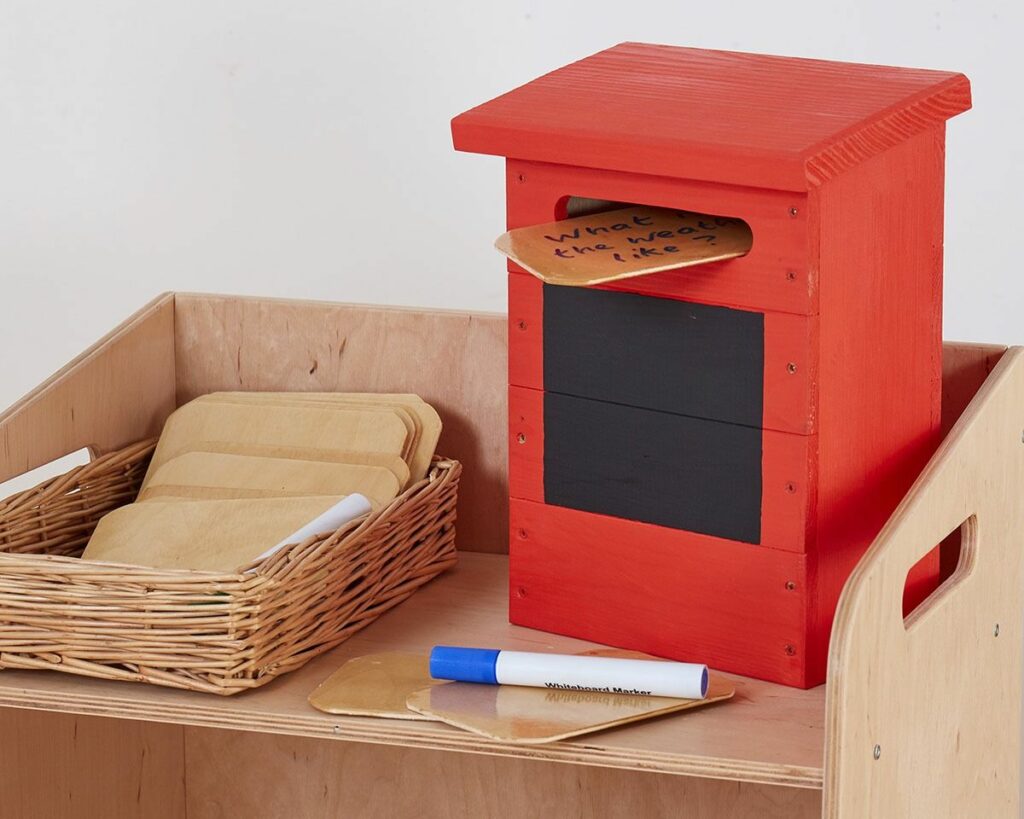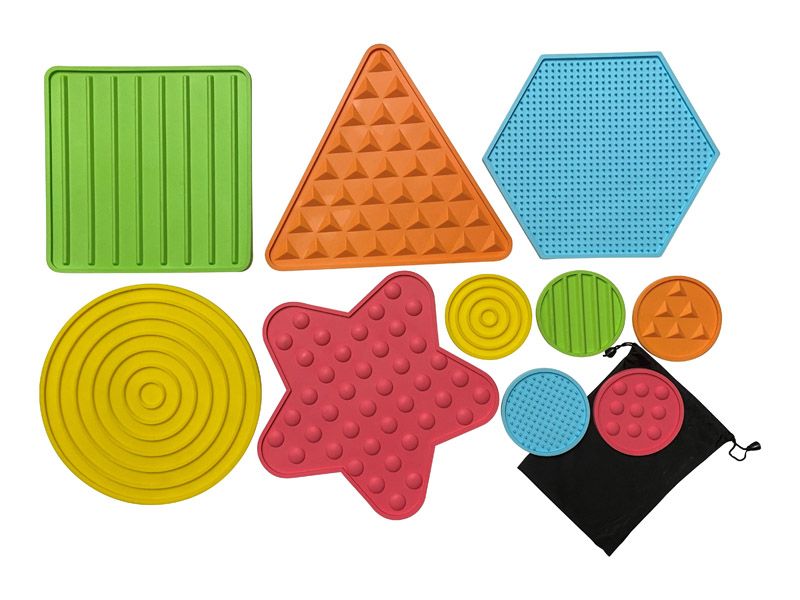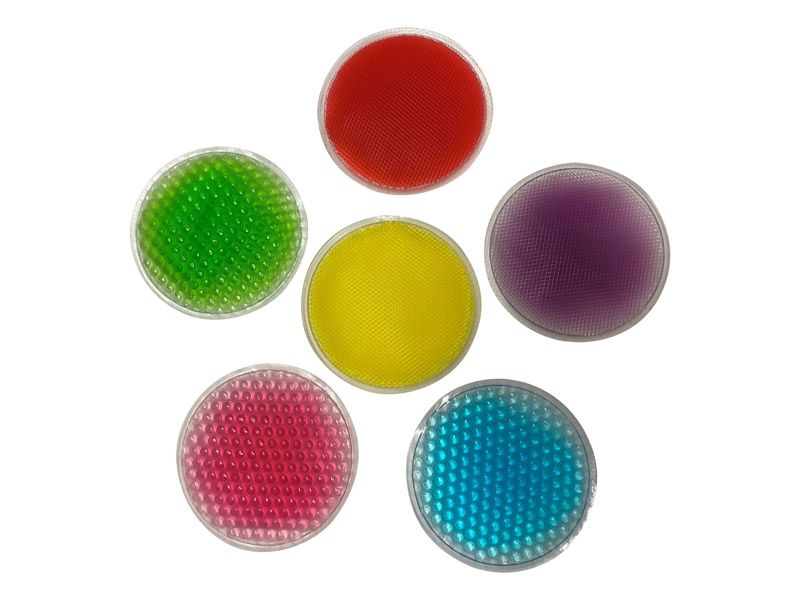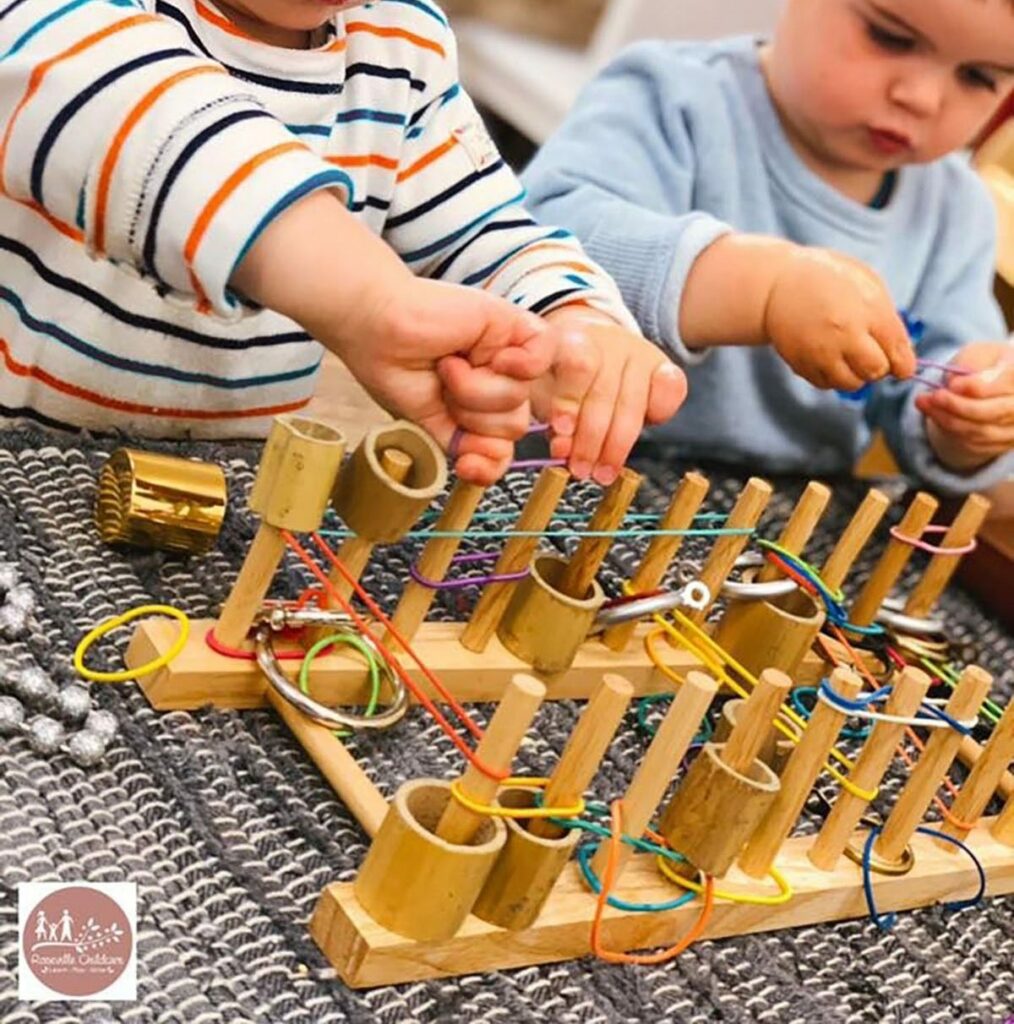Autism Acceptance
The UN has chosen Inclusion in the Workplace: Challenges and Opportunities in a Post-Pandemic World as the theme for this year’s Autism Awareness Day on the 2nd of April 2022. Not so relevant to us in education I hear you say, but as leaders and practitioners, believe me, it is very relevant.
One in fifty-five adults are diagnosed with Autism. It is inevitable that we in the field of education will certainly be interacting with those that face these challenges, maybe as a colleague, parents, or members of the wider community that your setting serves. Does your provision really, accommodate their needs?

Whilst a difficult topic to engage your children with, the wider breadth of Autism Acceptance Week from the 28th of March-3rd April 2022 may provide you with more scope to engage children in understanding the needs of people with an autism diagnosis and ways in which they can help.
This is no different for us. Practitioners’ acceptance of autistic needs come from an understanding of what the potential barriers may be and how we can support the regulation of these.
Children with Autism Spectrum are well identified in most educational settings. It would be unusual not to have come across either in training or in our work a child who identifies with these needs. For the grown-ups around them, both in setting/schools and at home this can result in a frustrating process with long waits for referrals, further waits for diagnosis and then even more time to access specialist services or dare I say it specialist provision.

Whilst much is well known about the social and emotional barriers children with Autism Spectrum may face. They (as well as those with other developmental disabilities) often have a dysfunctional sensory system, referred to as sensory integration disorder. Sometimes, one or more senses, are either over or under reactive to stimulation. Sensory problems, maybe the underlying reasons for behaviours such as hand flapping, rocking, and spinning. Activities supporting sensory integration can improve this, ensuring comfort and a better quality of life.
Sensory integration focuses primarily on providing meaningful activities to enhance tactile, vestibular, and proprioceptive sensations and develop their interconnection.
Tactile
Dysfunction in the tactile system may lead to the misperception of touch and/or pain and may lead to general irritability, distractibility, and hyperactivity. Over-stimulation may lead to excessive brain activity which neither can be turned off nor organised. This makes it difficult to organise behaviour and concentrate. An under-response to tactile input can mean not noticing a messy face or struggling with fine motor tasks. Some children also crave tactile input and constantly are touching things or wanting hugs or to hold your hand.
What can you do to help to develop the tactile system?
Provide plenty of opportunities for tactile experiences across all aspects of your environment. Try taking your ‘outside environment in’ with Cosy’s Inside log seats or their Grassy Perch Spots. By swopping the tactile experience and placing it in opposing environments the children’s attention is drawn to the resource and they more readily engage.


Don’t forget The Squidgy sensory textured circles are a great tabletop or carpet resource. Stress relieving and supporting concentration, I wouldn’t be surprised if you find your colleagues have pinched them to use for some much-needed well-being time. The Sensory textured pads are a great tactile resource providing both a turn-taking game to develop short-term memory skills alongside a tactile sensory experience.


Vestibular
The vestibular system refers to structures within the inner ear that detect movement in the positions of the head. Some children may be hypersensitive to vestibular stimulation and have fearful reactions to ordinary movement activities e.g., swings, slides, and ramps. Sometimes the opposite occurs, and they require excessive body whirling, jumping, and spinning.
What can you do to help?
Provide opportunities for a variety of sizes of ramps to build confidence and provide a challenge. The Trike Arch Bridge is great for this.
Proprioceptive
The Proprioceptive System is responsible for providing the body with the necessary signals to sit in a chair properly and step off a curb smoothly. It also allows us to manipulate objects using fine motor movements. Finally, it allows us to motor plan and execute different motor tasks.
What can you do to help?
The Fine motor construction set allows the development of the skills around winding, stacking, and weaving to be developed.

However, we must remember that autism barriers are different for each person that faces them. Whilst developing a sensory-rich environment may support some pupils for others it may be sensory overload.
The National Autistic Society autism.org.uk however suggests three important points to remember
1. Be aware: Look at the environment to see if it is creating difficulties. Can you change anything?
2. Be creative: Think of positive sensory experiences for that person.
3. Be prepared: Tell the person about possible sensory stimuli they may experience in different environments.
To me, this is exactly what we do in EYFS, we know our children, we know what they like and don’t like, we are aware of what they can and cannot cope with. Finally, we prepare them to be ready for possible new and more challenging experiences they may face.
Now as we all recover from the COVID-19 pandemic, the UN message is clearly that we all must work together to create a more inclusive and accessible world that recognises the contributions of all persons with disability. We must re-imagine the world and make diversity, inclusivity, equity a reality.
Access to decent work on an equal basis requires creating an enabling environment with innovative solutions. Isn’t this the bread and butter of our work in EYFS? An article in ‘Disability and Society’ describes the lack of understanding, sensory inputs, mental health issues, and the complexities associated with revealing an autism diagnosis. Pose as impediments to entering or remaining in the school education profession. From a social-justice perspective, autistic school staff constitute role models and facilitate educational inclusion, particularly for autistic pupils.
For more advice and guidance on Autism, you can visit the National Autistic Society.
We hope that you have enjoyed our blog post for Autism Acceptance Day
Facebook: https://www.facebook.com/cosydirect/
Twitter: https://twitter.com/cosydirect
Instagram: https://www.instagram.com/cosydirect/
Written by an Autism Specialist in SEND





